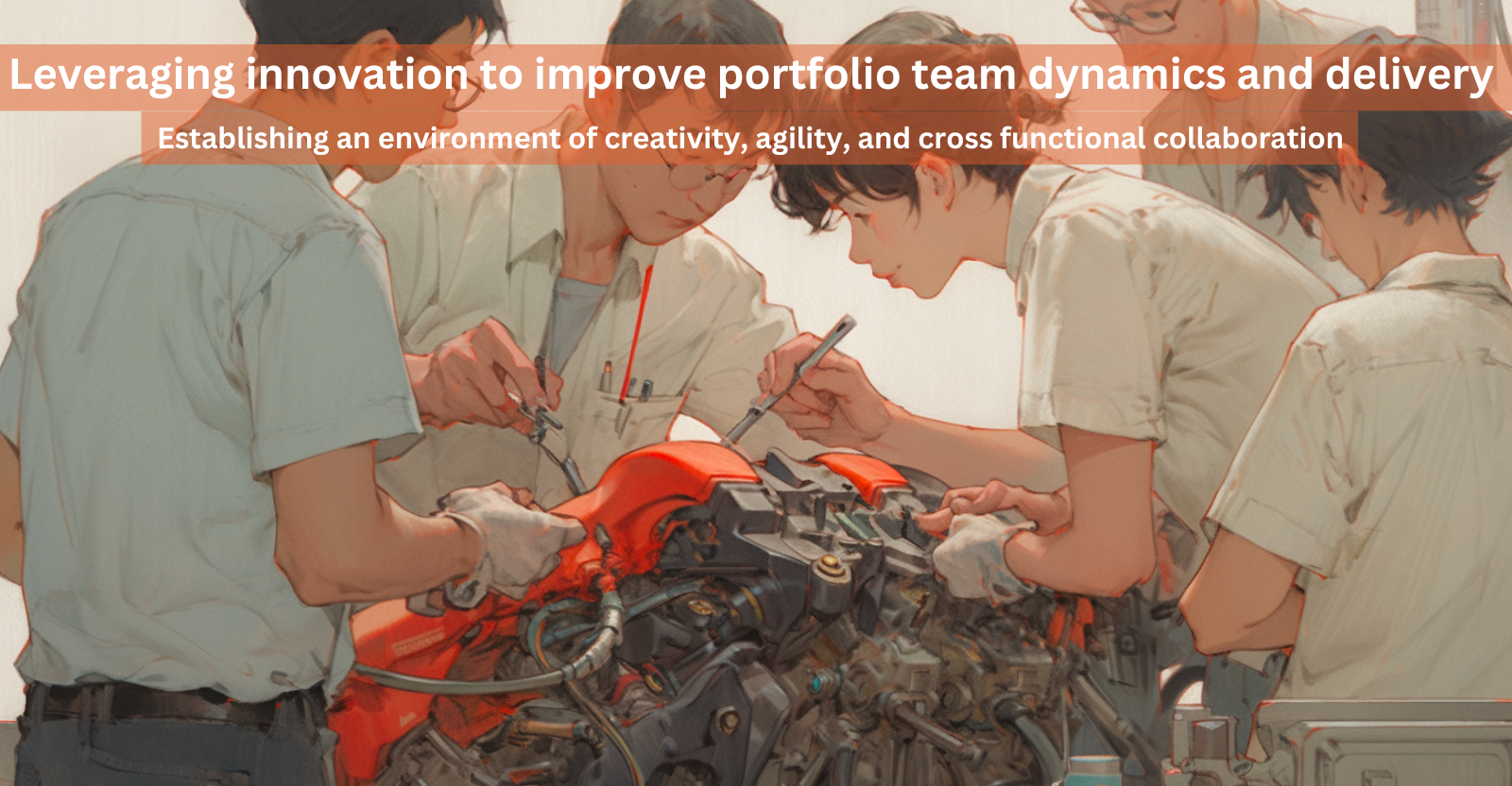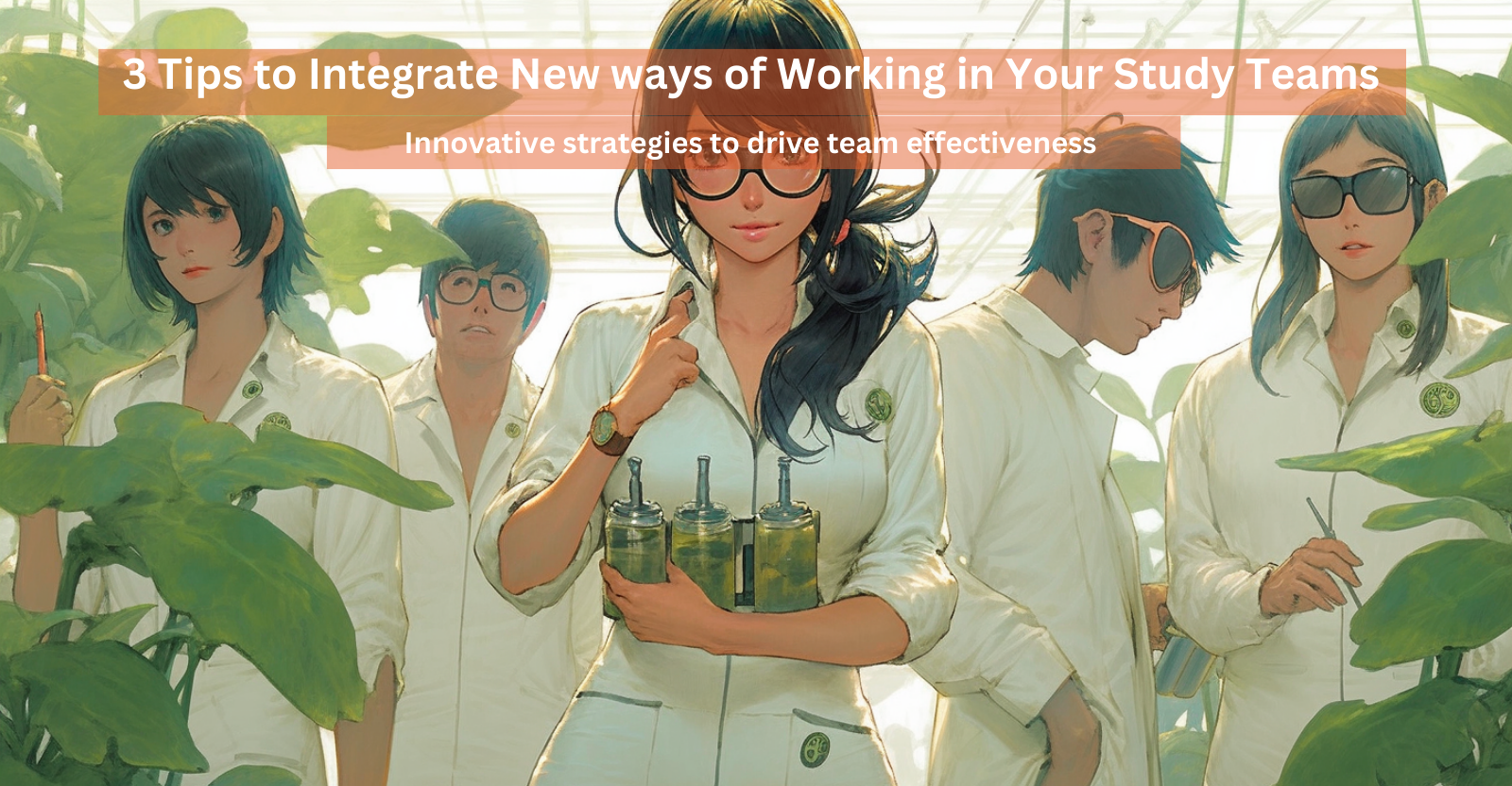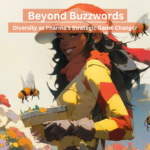Collaborative ideation is about getting a group together to come up with ideas through teamwork and interaction. Unlike brainstorming alone, this method benefits from the diverse perspectives and skills of the group, providing a richer pool of ideas. Bringing in people from different backgrounds taps into a wider range of experiences and viewpoints, leading to more creative and informed solutions.
Exploration
During the ideation phase, focus on “exploration mode,” gathering a wide range of ideas. Don’t censor ideas—every suggestion, no matter how outlandish, can spark new thoughts and lead to groundbreaking solutions. Encouraging open brainstorming creates a safe space where team members feel comfortable sharing their ideas, fostering an environment of trust and collaboration.
When generating ideas, use design thinking prompts like, “How might we reduce continuations while messaging on our new indication?” Giving people a few minutes to think and write, such as with a 3-minute timebox, ensures both introverts and extroverts have an equal chance to contribute. This quiet time allows everyone to reflect and articulate their ideas without the pressure of immediate discussion. Afterward, group discussions can bring clarity and a deeper understanding of each person’s perspective.
Good prompts are open-ended and specific enough to guide thinking without being too restrictive. For example, “How might we improve patient engagement in clinical trials?” is a good prompt, while “Why are clinical trials failing?” is too negative and limiting. To tackle complex issues, break them down into simpler prompts. Start with broad questions and then narrow them down: “How can we enhance communication?” followed by “What tools can help streamline our messaging?” This step-by-step approach clarifies the issue and makes it more manageable.

Organizing ideas
After a brainstorming session, the next step is to discuss and cluster similar ideas. This helps you see patterns and connections that might not be immediately obvious. Letting categories emerge naturally avoids imposing preconceived notions that could limit creativity. This creates a ‘bottom-up’ framework that’s both authentic and comprehensive.
Clustering provides a systematic approach to problem-solving, making it easier to develop raw ideas into actionable solutions. It’s like fitting puzzle pieces together—you start to see the bigger picture and can tackle the problem more effectively.
Embarrassment of riches
Teams often end up with more ideas than they can handle. Systematically filtering and prioritizing separates the ideas with real potential from those that are less feasible due to cost, resources, capability, or time constraints. Techniques like the Impact-Effort Matrix, which plots ideas based on their potential impact and effort required, quickly highlight the most promising options.
Another useful prioritization method is the MoSCoW framework, categorizing ideas into Must-haves, Should-haves, Could-haves, and Won’t-haves. Voting systems, where team members vote on their top ideas, can also help narrow down choices. This structured approach focuses your energy on the ideas most likely to succeed, making the whole process more manageable and effective.

Collaborative ideation uses your team’s diverse experiences to generate creative solutions. Effective prompting allows everyone to contribute, including quieter voices. Clustering ideas helps you spot patterns and build a coherent framework, while filtering and prioritizing focus on the most promising and feasible solutions. Embrace the process, trust your team’s creativity, and watch your ideas evolve into impactful solutions that drive your organization forward.









